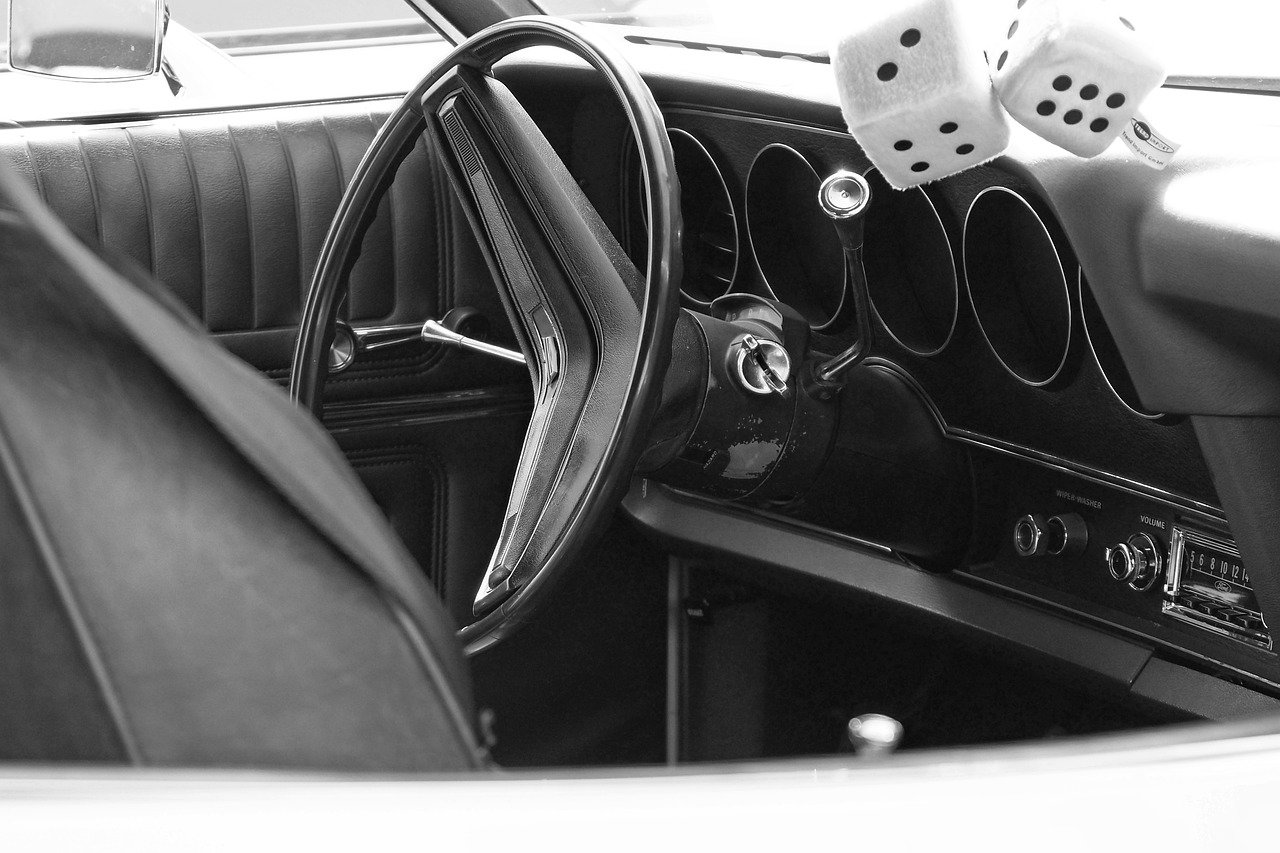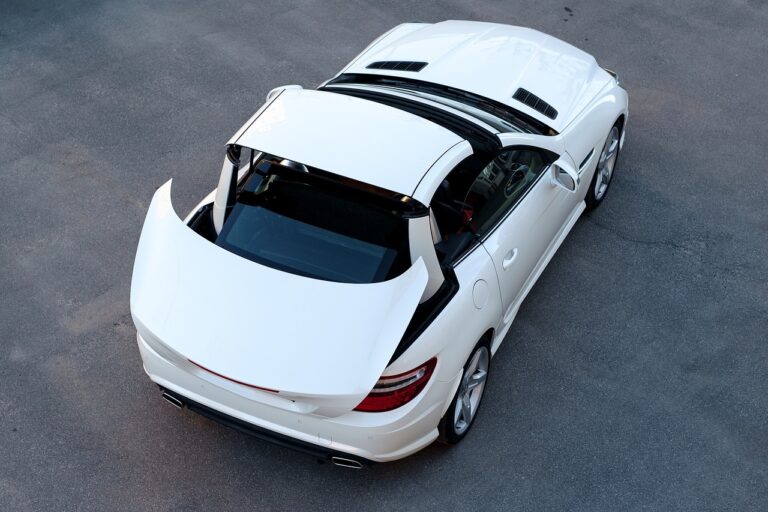The Influence of Scandinavian Design in Car Interiors: Clean Lines and Natural Materials
Scandinavian design principles in car interiors emphasize simplicity, minimalism, and functionality. These principles are reflected in the clean lines, muted colors, and uncluttered spaces found in many Scandinavian-inspired car interiors. By focusing on the essentials and eliminating unnecessary embellishments, car designers can create a sense of calm and balance in the interior space.
Another key aspect of Scandinavian design in car interiors is the use of natural materials such as wood, leather, and metal. These materials not only add a touch of warmth and sophistication but also contribute to the overall sense of harmony and connection to nature. By incorporating these elements into the design, car interiors can evoke a sense of timeless elegance and understated luxury.
Historical Origins of Scandinavian Design
Scandinavian design has its roots deeply embedded in the historical and cultural landscape of the Nordic countries. Originating in the early 20th century, the design movement emerged as a response to societal and industrial changes happening in Scandinavia at that time. The simplicity, functionality, and minimalism of Scandinavian design were seen as a way to bring beauty and practicality into everyday life in a rapidly modernizing world.
Drawing inspiration from nature, the harsh climate, and the region’s light conditions, Scandinavian design focused on creating spaces and products that were harmonious, uncluttered, and timeless. Influenced by the Bauhaus movement and the Arts and Crafts movement, Scandinavian design embraced principles of craftsmanship, quality materials, and sustainable practices. This commitment to quality and craftsmanship has remained a hallmark of Scandinavian design, making it a widely recognized and esteemed design aesthetic globally.
Key Elements of Scandinavian Design in Car Interiors
Scandinavian design principles are renowned for their simplicity, functionality, and minimalism. When it comes to car interiors, these concepts are often translated into clean lines, natural materials, and a focus on practicality. One key element of Scandinavian design in car interiors is the use of light colors and materials, which help create a sense of spaciousness and airiness within the cabin.
Another important element of Scandinavian design in car interiors is the emphasis on craftsmanship and quality. Attention to detail, such as precision in stitching and the use of high-quality materials like leather and wood, contribute to the overall luxurious and sophisticated feel of the interior. By combining form and function seamlessly, Scandinavian design in car interiors aims to create a harmonious and welcoming environment for both drivers and passengers alike.
Light colors and materials create a sense of spaciousness and airiness within the cabin
Emphasis on craftsmanship and quality, such as precision stitching and high-quality materials like leather and wood
Combining form and function seamlessly to create a harmonious and welcoming environment for drivers and passengers
What are some key elements of Scandinavian design in car interiors?
Some key elements include minimalism, functionality, natural materials, and a focus on clean lines and simplicity.
How did Scandinavian design influence car interiors?
Scandinavian design principles have influenced car interiors by bringing a sense of simplicity, functionality, and a connection to nature to the design process.
Can you explain the historical origins of Scandinavian design?
Scandinavian design originated in the early 20th century and was influenced by the Bauhaus movement, as well as traditional Scandinavian craftsmanship and design principles.
Why is Scandinavian design popular in car interiors?
Scandinavian design is popular in car interiors because it offers a sense of calm, simplicity, and functionality, creating a peaceful and ergonomic driving experience.







